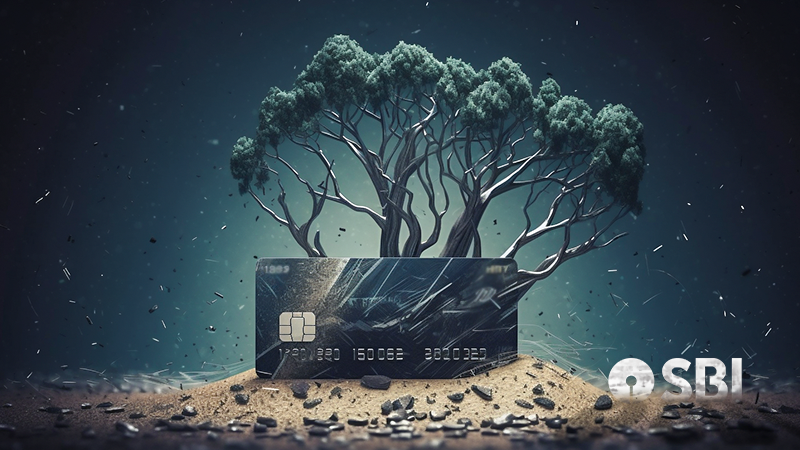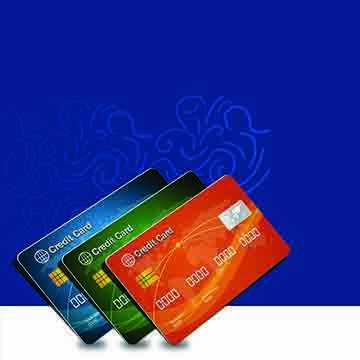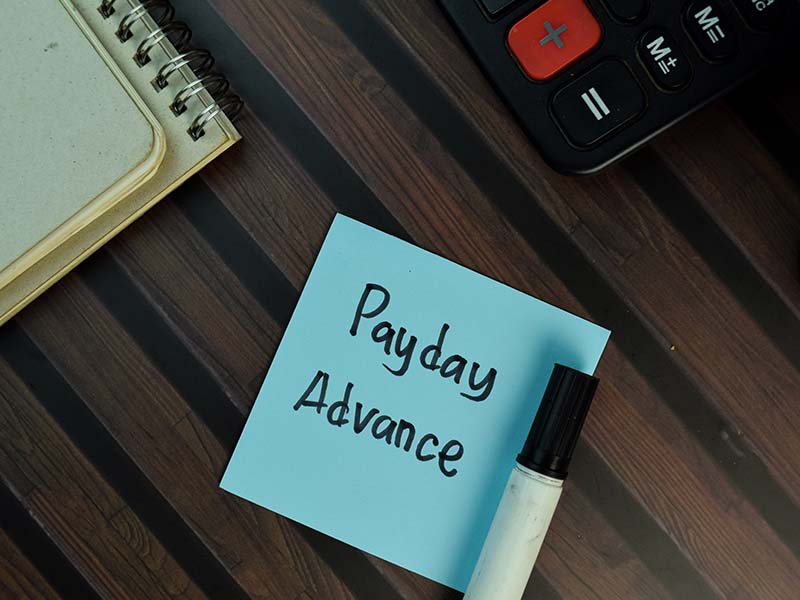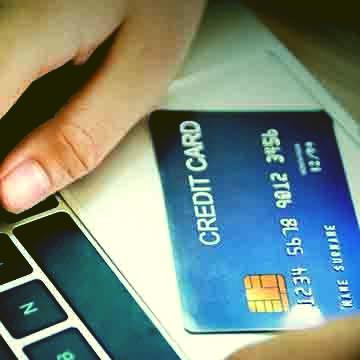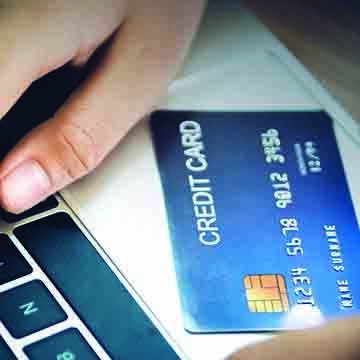
There was a time in India when stores offering products and services would not allow any purchases to be made on credit. Gone are those days, however, as India is fast changing into a credit-heavy market, with sellers offering various credit facilities and buyers enjoying the benefits of buying on credit.
Over the last few years, apart from credit cards, there has been a new entrant in the credit market, the Buy Now, Pay Later (BNPL) schemes. These have a sought-after financing mode in India. The demand for these schemes has grown dramatically over the past 2-3 years and has been further pushed up by the COVID-19 pandemic.
BNPL is seen to offer convenience by temporarily reducing a borrower’s financial burden through no-cost EMIs. Here’s more on BNPL schemes.
What is BNPL?
Buy now, pay later (BNPL) is a financing option available for shoppers through which they can buy something and pay for it at a later date.
The payment has to be made:
- within a pre-defined interest-free period
- in agreed-upon equal instalments.
The scheme provider, on the buyer’s behalf, settles the bill immediately with the merchant.
The scheme benefits:
- the young and new-to-credit individuals
- cash-strapped individuals
- those who don’t have credit cards
BNPL is an ideal credit facility for small-ticket spending. A first-time user must complete KYC formalities through the scheme provider’s platform.
Did you know –
Your social media activity can be used to determine your creditworthiness?
BNPL providers use various analytics to learn about buyers’ likes, dislikes, purchase patterns, etc. This gives them insights into one’s credit-worthiness.
How does BNPL work?
BNPL enables users to afford to buy today while paying for it over time. Under this scheme, credit periods can range from 15 to 30 days.This may depend on the transaction size. The credit amount offered will also depend on the scheme provider. For instance, Flipkart’s BNPL service allows a seamless checkout for maximum Rs. 10,000. ZestMoney’s BNPL service allows a personalised limit of Rs. 60,000. To avail BNPL services, a buyer must sign-up at the time of checkout and use this solution while shopping across different merchant websites.
What makes BNPL unique –
BNPL offers a seamless shopping experience to customers through digital solutions. It involves a fast one-click checkout process. This facility comes under low or no cost financing and has a flexible repayment schedule.
Difference between credit cards and BNPL
Credit cards and BNPL both fall under the financing facilities that are often used by shoppers. However, each of these comes with different features and offer unique benefits. Some of the noteworthy differences between credit cards and the ‘Buy Now, Pay Later’ scheme are provided in the table below:
| Credit cards | BNPL |
| May levy hidden charges | BNPL has a transparent and low-cost pricing mechanism |
| Eligibility includes a good credit history | Not necessary to have a credit history for availing BNPL |
| Wider acceptance and coverage across merchants | BNPL services are currently offered by very few e-retailers and fintechs |
| Involves standard interest-free period | Varying interest-free credit period across providers, maximum up to 48 months. |
| Slightly difficult to get credit card approval | Easier approvals |
| Users can opt for paying ‘minimum due’ amount | The entire amount has to be paid off by the due date. |
| Cashbacks, reward points, airmiles are some of the benefits to be availed | No attached benefits |
Why are BNPL services gaining popularity?
While making any online purchases, consumers often seek trust and transparency. However, this is usually in deficit with many traditional credit cards. Consumers are reluctant to use credit cards online due to this reason and to add to this disinclination, there are ‘hidden charges’ that come masked as transaction fees levied by credit card issuers.
Additionally, annual maintenance fees, surcharges on petrol, GST charges, cash advance fees, etc. are some of the unwanted costs that a user may have to bear while using a credit card. BNPL services, however, allow paying on delivery, thereby building consumer trust in the transaction. These services are online, completely digital, and instant. It is easier, faster to apply and get approvals on BNPL. There is also no involvement of agents for any paperwork.
BNPL services easily connect to the digitally savvy but card-averse millennials as it involves easy registration, convenient usage and faster check-out. These are preferred by consumers who demand speedy and easy small credit. It helps them buy essentials while also fulfilling their aspirations, like a trip to a dream location or enrolling in an upskilling course.
Important factors to note before opting for BNPL
Despite all the benefits and features it offers, BNPL does carry some red flags that customers should be aware of while availing this service. Listed here are important factors to note:
- Although BNPL services differ across lenders, it is essentially a credit facility or a loan and failure to repay it can result in BNPL providers reporting the repayment behaviour to credit bureaus. Needless to say, this can have a negative impact on credit scores and therefore, future ability to easily source credit.
- This scheme can easily tempt consumers towards making unwanted purchases. This can result in overspending and one can land in a debt trap sooner than expected.
- Apart from impact on credit scores, delayed repayments towards BNPL services could mean piling up of high interest rates, which can become unaffordable for many in the long run.
Conclusion
Credit cards are starting to see competition from alternative credit mechanisms like the BNPL scheme. While BNPL offers some unique advantages, it should be used with utmost caution and as per one’s repayment capability. In the long run, just like credit cards, BNPL too can result in a debt burden if it is not managed well.
FAQs
Some of the common eligibility criteria for BNPL schemes include that the user should be a resident of India, should be above 18 years of age, and must have a bank account that is KYC compliant.
Yes, BNPL schemes are somewhat similar to an instalment loan since the user has to pay the amount later through equal instalments and failure to pay results in interest charges.
Credit cards generally offer an interest-free period of 45 days, whereas BNPL schemes have a shorter interest-free period of 15-30 days.
Yes, most credit cards tend to be costlier than BNPL schemes due to higher annual charges combined with joining fees. BNPL, however, does not have any joining or annual fees.
Yes, BNPL schemes can result in a debt trap if not used judiciously. It can tempt users to spend on unwanted products and services which would otherwise be unaffordable for them. Delayed or non-payments can further aggravate the interest cost.















